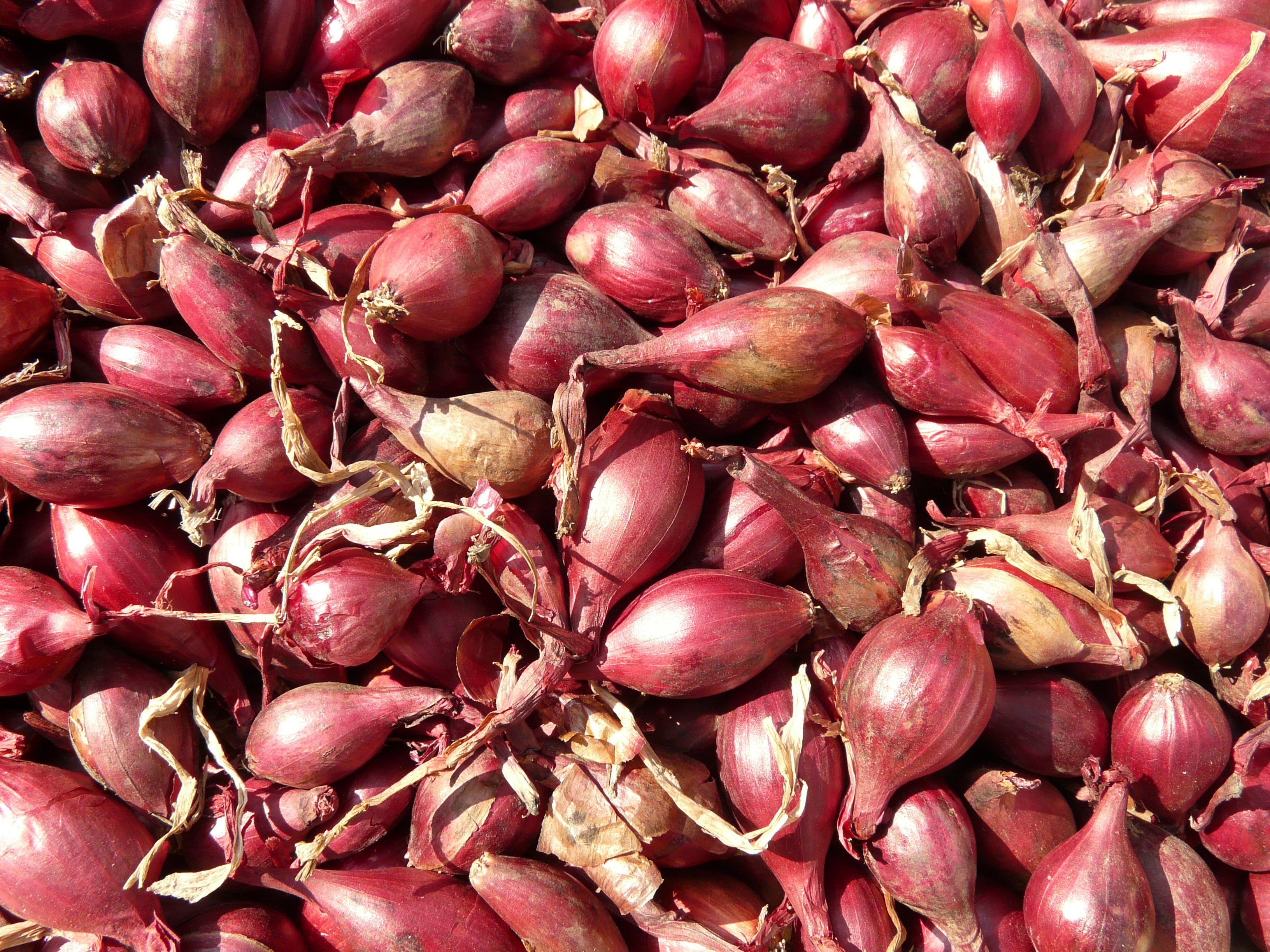Onions! There are so many wonderful types of onion in the world. From Italian Cipolini, Spanish Utah, Japanese Nebuka, and Texas Star Multipliers, onions are a must in any garden of any size.
There are several ways to start and grow onions:
Start seed indoors. Towards the end of your winter season, evenly scatter seed in a tray of finely screened compost. Cover with 1/4 inch of soil. Thin the seedling to 1/4 inch apart. You can plant the seedlings out around the time of your average last frost. If your tops have gotten longer than about five inches, you can snip them back a little, which will help during transplant.
Direct sow seed in the ground. As soon as you can work the soil in late winter or early spring, evenly sow a seed bed, sow rows, or use a dibber to get your seeds in the ground. When the seedlings are at least 2-3 inches tall, thin them to the spacing specific to your variety. You can transplant the thinnings to other places or eat them.
Sets. Sets are small immature onion plants or bulbletes. These are usually sold in bundles or by weight. When planting sets, plant them evenly 2 inches deep, and 4-6 inches apart depending on the variety. If in rows, space rows about 1 foot apart.
Rotten onions. This is something that I have discovered over years of growing onions that is carefree and gives you fresh onions for when the storage ones have run out. When you store onions there are inevitably rotten ones at some point. I used to toss the rotten ones in the compost and at some point started noticing that they would sprout, harden up again, and divide. SO, instead of tossing them, I started planting them. Now I pull them whenever I need onion in the early spring until the new sets are ready for harvest. So far I haven’t noticed any problems with this technique.
From the leftovers. You can regrow onions from the little roots that you cut off when chopping an onion up to eat. Whether its a green onion or a big bulb, you can regrow it. You aren’t going to get a big fat bulb again, but you will get onion. Plant the roots 2 inches deep and water. Harvest whenever the new onion shoots get to a desirable height.
Tips for onions:
Don’t let them get out-competed by weeds. Pull weeds or cultivate carefully with a hoe. Hoes can be dangerous around onion though, so take care, one knick can seriously damage an onion bulb.
Onions prefer a soil that is loose and rich in organic matter.
Most onion varieties begin to form a bulb when the temperature and the number of daylight hours reach certain levels. Varieties listed as short-day onions bulb up when the day length is between 12 and 14 hours, these are best for Southern gardeners. Long-day onions, on the other hand, begin to form a bulb when the day length is between 14 and 16 hours and are better for Norther gardeners.
Keeping onions watered is important in developing optimum sized bulbs. Because they have such shallow roots, they can easily dry out. If the soil is too dry onions tend to split into two bulbs. Provide a good soaking to a depth of 6 inches once a week.
For locally grown onions, plus seeds, sets, but no rotten ones  check out Pick-A-Pepper.com.
check out Pick-A-Pepper.com.
Written by Emma O’Connell, Founder of Pick-A-Pepper.com
Photo Credit and more about onions.
depths, spacing, companions etc.
Similar Stories:
- Direct Sowing Onion Seed
- Onions And Their Companions
- Growing Peas
- Onions: Harvest, Curing, Storage
- Planting Garlic In The Fall




